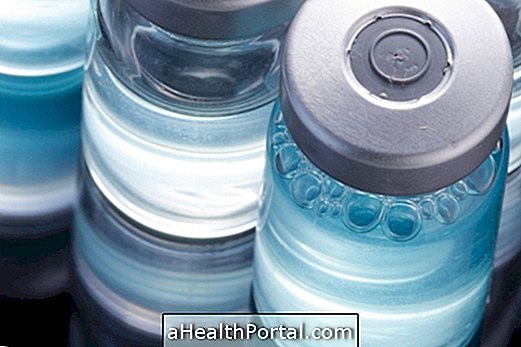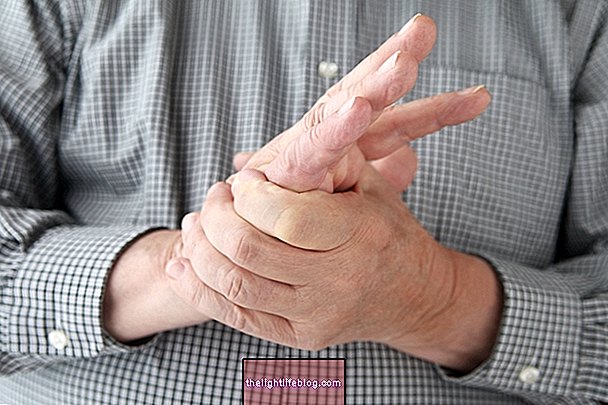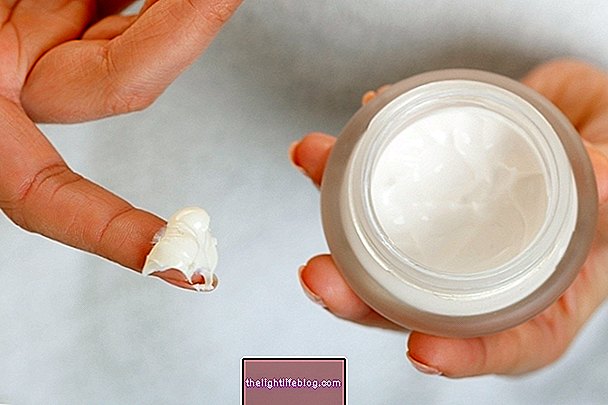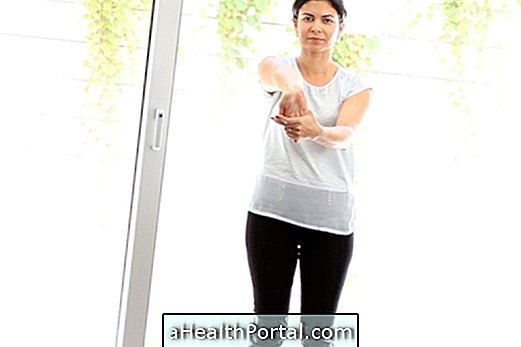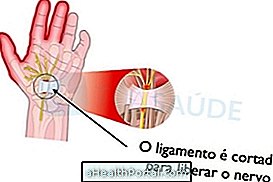The treatment for calluses can be done at home by adopting some measures such as rubbing the callus with the pumice stone and not wearing tight shoes and socks, for example.
However, if the individual is diabetic or has poor blood circulation, you should consult a podiatrist before treating the callus at home for the risk of infection.
To treat corns at home, follow these steps:

1. Soak the callus in warm water
The warm water softens the callus, making it easier to remove the thickened skin that forms the callus. In this way, one should fill a bowl with warm water and soak the body region with the callus, such as the foot or the hand, for example, for about 10 to 15 minutes.
2. Rub the callus with pumice
After 10 or 15 minutes with the body region dipped in warm water, rub the callus with a pumice or sandpaper, if it is small, to remove the layer of thick skin that has formed.
A sharp object should not be used to scrub the callus, as it may cut the skin and cause an infection.
3. Apply moisturizing cream on body region with callus
After rubbing the callus with the pumice stone, apply a moisturizing cream on the body region with the callus to help keep the skin soft, so as to make the skin layer over the less thick callus.
4. Placing a Band Aid on Callus
Apply a band-aid for callus-like calluses, which can be purchased at pharmacies, or a gauze fixed with a sticker to protect the area where the callus developed, so as not to increase its size and not to thicken the callus. In addition to the band-aid, there are also remedies in the form of lotion, ointment or gel that have exfoliating action and help in the removal of calluses. Learn what remedies you can use in How to Quit Calluses.
The use of band-aids proper for calluses should be done with caution as there are some band-aids that contain substances like salicylic acid which can irritate healthy skin and lead to infection especially in diabetics or people with poor blood circulation, for example.
5. Wear comfortable socks and shoes that do not
You should wear comfortable socks and shoes that do not tighten until the callus disappears, because tight shoes and socks thicken the skin, forming new calluses or increasing the size of the already formed calluses.
It is not recommended to open a callus because of the risk of infection and bleeding, which is especially dangerous in case of diabetes. In addition, if the callus does not go out in about 1 week it is recommended to consult a podiatrist or doctor to guide the best treatment, which may involve the use of topical remedies.
Here's another homemade way of removing the calluses in: Home remedy for calluses.







